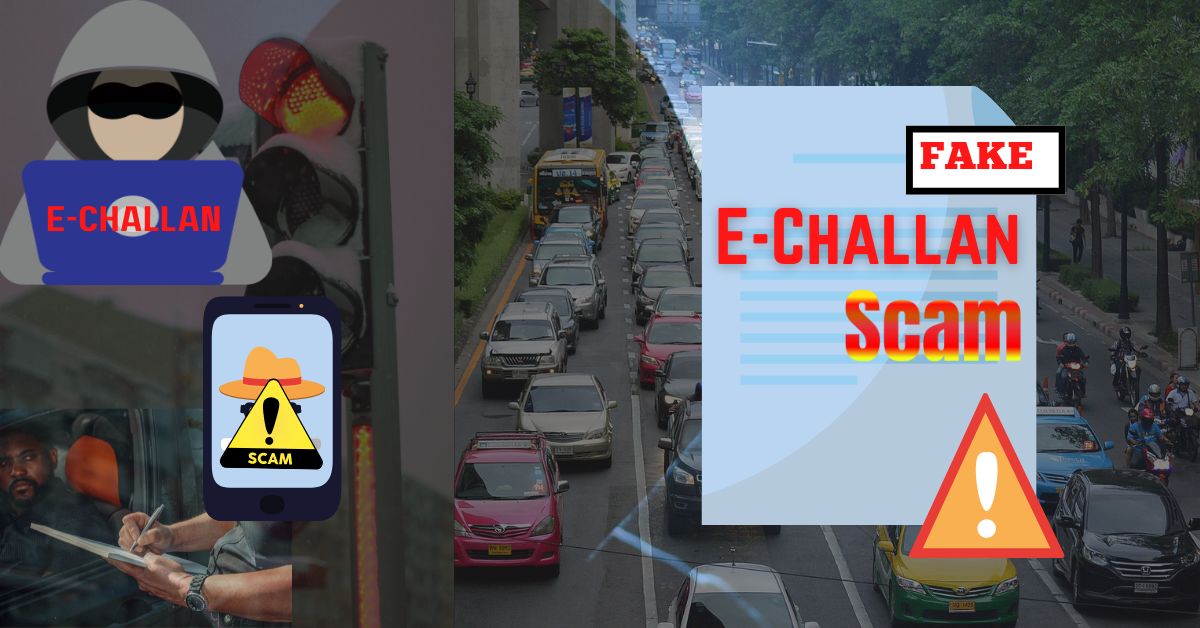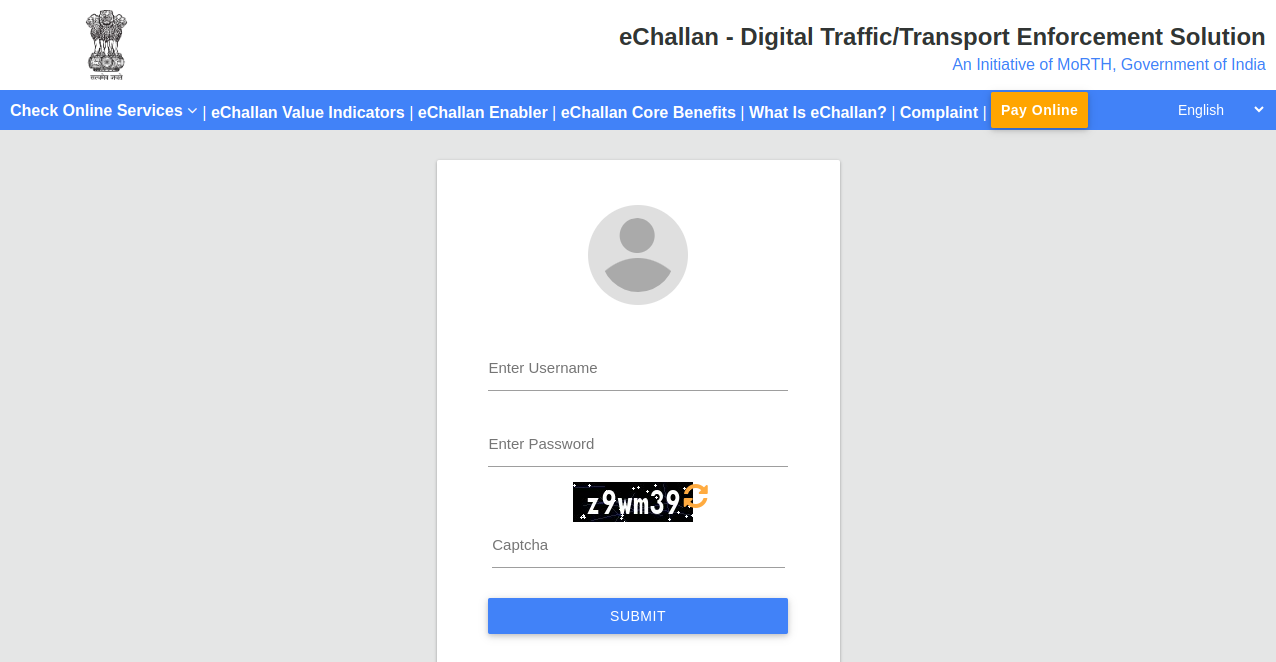In today’s digital age, numerous fraudulent schemes have developed. Traffic violations, similar to various aspects of online services, have turned into a means for scammers. Unscrupulous individuals trick non-guilty users into falling for a contemporary type of trickery called phishing. They are informed about alleged traffic violations through alerts and, once they click a link or download an application, the scammers use this opportunity to rob their bank accounts and disappear without a trace.
The Ministry of Electronics & Information Technology (MeitY) issued a caution through its Information Security Awareness (ISEA) initiative regarding the rise in fraud cases linked to the e-challan scam. Increasing public awareness is essential for tackling this danger.
What is an E-Challan Scam?
The E-challan scam involves a digital assault aimed at individuals who think they have gotten or suspect they have gotten a ticket for a traffic violation that has been sent electronically. Scammers use different strategies to trick individuals into revealing personal information or giving away money.
An online e-challan scam recently duped a 43-year-old man from Thane Bhosale, a driver of an auto-rickshaw, got a text stating he had committed a traffic offence and directed him to make the payment using the Vahan Parivahan app. Once the app was installed, Bhosale started getting multiple OTPs on his phone. He swiftly removed the app from his device. Even though he acted quickly, his account had already been subject to unauthorized transactions totaling Rs 50,000.
Here, cybercriminals operate a fake traffic police electronic challenge system, targeting people who either ignore or quickly scan through the e-challan. To tackle this problem, the government started a cyber security awareness initiative a few months back to inform the public about online scams.
Here is all the information you should have regarding this recently surfaced e-challan scam.
How does this Scam work?
The method used in this scam involves tricking people into clicking on a harmful link to settle their traffic challan. To make the scam appear legitimate, the fake message is carefully crafted to seem authentic. The deceptive message will read something like this – “Your Challan No. is … for vehicle number… having challan amount as Rs 500. For online payment of e-challan visit https://echallanparivahan.in/ you can also contact RTO office for disposal of challan, Regards, RTO.”
If you click on this payment link to settle the e-challan, you will end up paying cyber criminals instead of the police in an attempt to clear the traffic e-challan.
How to avoid traffic E-Challan Scam?
The scammers have copied the design from traffic authorities accurately, making the message appear real at first glance. However, with close examination, the scam can be identified.
When verifying an e-challan message, assess three factors to distinguish between its authenticity and deceitfulness.
Initially, verify if the vehicle number provided matches your vehicle number. You can confirm this information by checking the number plate of the vehicle or the blue book provided by the Regional Transport Office (RTO).
Next, make sure that the e-challan number is valid. You can verify the genuineness of the challan number by accessing the e-challan website at https://echallan.parivahan.gov.in/index/accused-challan.
Also, the fraudulent message includes a payment link that leads to https://echallanparivahan.in. Scammers frequently utilize links that closely mimic official ones, making them easy to miss at first glance.
Nevertheless, it is crucial to point out that government websites consistently feature the suffix ‘.gov.in‘, like https://echallan.parivahan.gov.in/. Hence, always choose to click on links with a ‘.gov.in‘ domain address for verification purposes.
Source: echallanparivahan website
Few more tips to prevent E-Challan Scams
Additionally, observe how cyber scammers compose their fraudulent messages. For instance, a snippet from such a message might say, “you can also contact the RTO office to settle the challan.” Cyber scammers take advantage of people’s hesitance to follow through with such tasks. Few individuals would willingly visit the RTO office to inquire about the challan details, as it involves taking time off from work or business and spending a significant part of the day there.
If the challan amount were higher, it might motivate individuals to take action, and this is a vulnerability that cyber scammers exploit. Therefore, do not hastily make payments upon receiving such messages.
Be careful and avoid clicking on any links that look suspicious. To confirm the e-challan, input your vehicle number and driving license number on the e-challan website. Moreover, if the fine amount is significant, it is advisable to personally go to the RTO office to confirm the challan information.
From time to time, alerts are released by the government regarding current scams. An example is the recent occurrence of Aadhaar-enabled Payment System (AePS) scams impacting numerous people. In reaction, NPCI has directed banks to create a transparent system for individuals to manage AePS transactions from their savings accounts.
Conclusion
To sum up, the increase in online scam attempts highlights the need for awareness and care when engaging online. To shield yourself from these scams, confirm the genuine nature of online notice by examining the vehicle number, and the official website’s domain (.gov.in), and avoid clicking on questionable links. If uncertain, go to the official site or reach out to the appropriate officials. Being knowledgeable and careful is essential in protecting yourself from online scams aimed at people who are unaware.
Follow us for more Cyber updates.
Team CyberiumX


